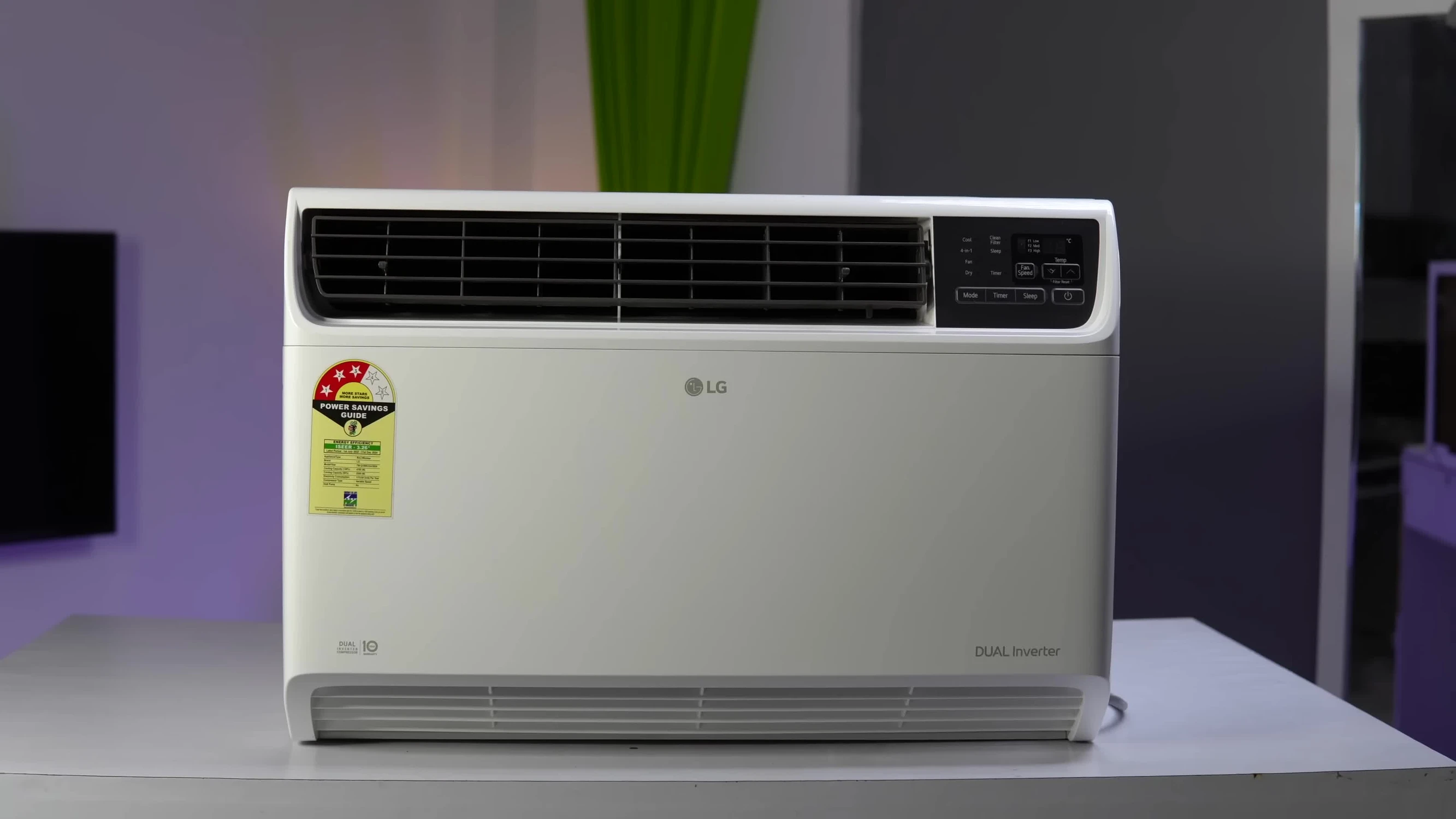This review delves into the LG 1.5 Ton 3 Star Dual Inverter Window AC, specifically examining its advertised 250-watt power consumption claim. We put this claim to the test through rigorous 24-hour testing in a controlled environment, meticulously measuring energy usage under varying conditions. The review explores not only the energy efficiency but also other key aspects of the unit, including its design, ease of use, and overall cooling performance. We detail the installation process, highlighting the importance of accurate room size matching for reliable results.Our comprehensive evaluation assesses the LG AC's performance against its marketing claims and provides a realistic picture of its energy consumption. We analyze the fluctuating wattage throughout the test period, exploring the reasons behind the discrepancies between advertised and actual power draw. The findings offer a balanced perspective, enabling readers to make informed purchasing decisions based on real-world performance rather than unsubstantiated marketing claims. This review aims to help consumers understand the true energy efficiency of this AC unit.
Pros And Cons
- 10-year compressor warranty
- Easy to clean filter
- Unique air intake design (from right, left, and bottom)
- Maintains cooling efficiently at lower wattage after initial startup
- Limited features (manual air direction adjustment)
- Initial power consumption high (around 1800 watts)
- Did not consistently run at the advertised 250 watts
Read more: Nuwave PIC Titanium Induction Cooktop Review: A Mixed Bag of Features
Unboxing and Initial Impressions
The LG 1.5 ton three-star dual inverter window AC arrived, promising a power consumption of just 250 watts—a claim often touted in online videos. Initial inspection revealed a sleek design and a 10-year compressor warranty, promising longevity. The unit's dimensions were crucial for accurate testing, ensuring the room size matched the AC's capacity for a fair assessment of power consumption.

The included remote was surprisingly minimalist, lacking many commonly found buttons. Manual adjustment of airflow direction proved a little less convenient than digital controls. The filter was easily accessible, a design feature I appreciated. The unique air intake design from the right, left, and bottom differentiated it from other window AC units I have used.

Test Setup and Methodology
To ensure accurate testing, the AC was installed in a room measuring approximately 111 square feet, perfectly matching its stated capacity. Care was taken to seal all air leaks to prevent any loss of cooled air. This was crucial to prevent inaccurate power consumption readings.

The testing involved running the AC continuously for 24 hours at 24 degrees Celsius, with the outside temperature peaking at around 45 degrees Celsius. A power meter was used to monitor and record energy consumption throughout the entire test period.
24-Hour Power Consumption Test Results
The initial power draw was around 1800 watts, significantly higher than the advertised 250 watts. However, as the room cooled, the power consumption decreased substantially. Over four hours, three units of electricity were consumed, revealing fluctuating power usage.

Over 12 hours, consumption reached 6.66 units, an average wattage closer to 340 watts. Even more surprising, during the afternoon peak hours, the consumption surprisingly dropped to as low as 285 watts. By the end of 24 hours, the total consumption was approximately 11.39 units, showing significant variation in power draw.

Conclusion and Verdict
The LG 1.5 ton 3-star dual inverter AC performed well in cooling the test room to the desired temperature but did not reach the advertised 250-watt power consumption claim. The average power consumption was closer to 340-400 watts depending on the cooling demand. The fluctuating power consumption highlights the efficiency of the dual inverter technology responding to changing cooling needs.

Overall, the AC is effective for its size. While the 250-watt claim is misleading, its performance is still admirable, especially in comparison to other non-inverter models, resulting in reasonable energy consumption. Whether the purchase is worthwhile depends on your individual needs and budget. Consider the realistic power consumption rather than the misleading marketing claim.
